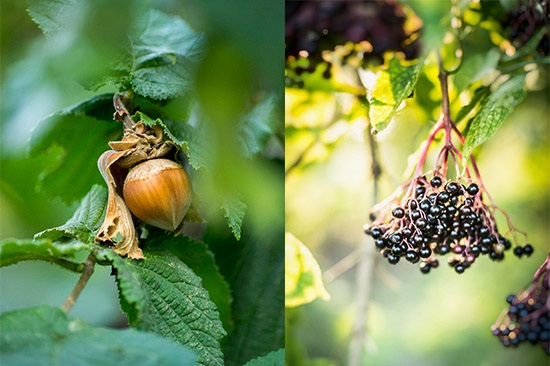With autumn comes race for trees to reproduce. The seed dispersal begins. Trees are dropping, flinging and throwing their seeds, searching out new space and light to grow. But not all trees use the same technique – there are lots of ways to disperse a seed.
For a start, seeds come in many different packages.

A nut is a seed in a hard case, such as a hazelnut, while a seed is the plant embryo itself, such as the…